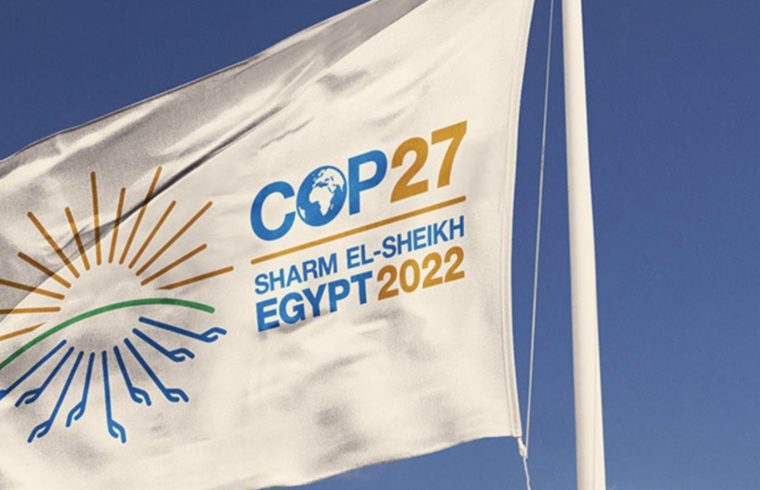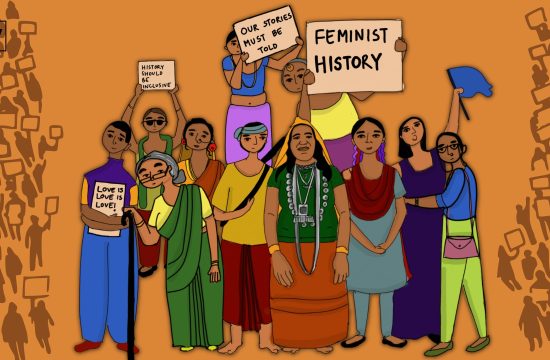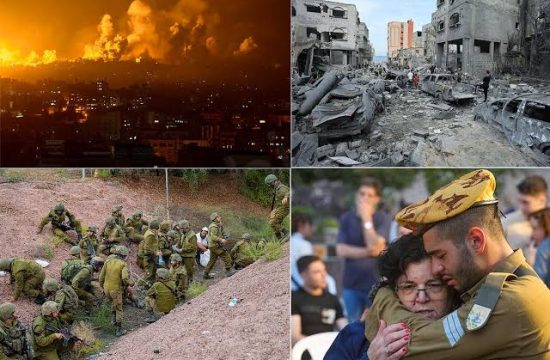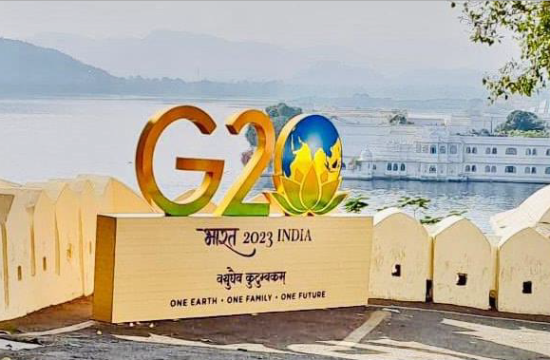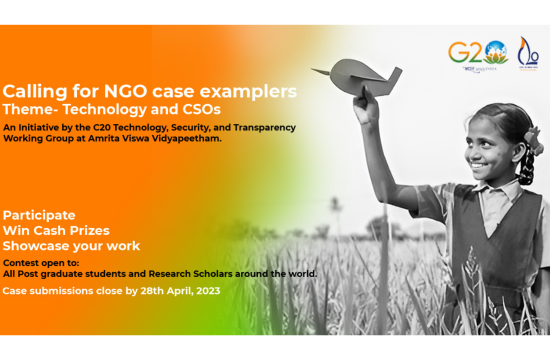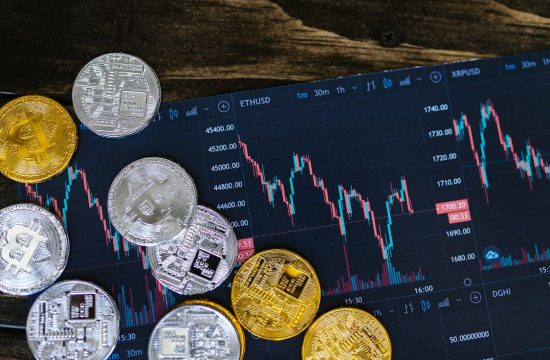COP27 – SHARM EL-SHEIKH IMPLEMENTATION PLAN 2022

The Time was 1992, when countries made their political responses into climatic changes and began the adoption of the UNFCCC – United Nation Framework Convention on Climate Change, when they met in an Intergovernmental negotiating committee in New York. The convention was adopted at the United Nation Conference on Environment and Development (UNCED) in Rio de Janeiro (The Earth Submit). They set out the basic principles and legal framework for international climate change cooperation with the aim of reducing the atmospheric concentrations of Green House Gas Emission to keep away “Dangerous anthropogenic interference with the Climate system”, in which 198 nations signed the convention when it entered into implementation in 1994. UNFCCC then, planned meetings annually as the Conferences of the Parties (COP) from 1995.
In Dec 1997, the Kyoto Protocol was adopted to boost the effectiveness of the UNFCCC. This focused on the reduction of the targeted six GHG emissions- the targets which were committed by industrialized countries and transition economic countries, which came into effect from 16 Feb 2005. This had two commitment periods, one from 2008 to 2012 and then 2013 till 2020. In between this Doha amendment which came as the second commitment period, a new agreement known as the Paris Agreement was adopted in 2015.
The Paris agreement had a special national communication, in which every country in the UNFCCC had to submit a report on the measures and progress made on the mitigation of GHG emissions, adaptation and impacts from climate changes every five years through the Global Stocktake (GST). After the COP21 at Paris and France in 2015, subsequent UNFCCC were held in Marrakech (Morocco), Fiji/Bonn, Katowice (Poland), Chile/Madrid and the 2020 UNFCCC meet was disrupted because of COVID-19 pandemic and online sessions were held to take up updates on climate and environment aspects.
COP26 held in Glasgow UK, last year, 145 countries came up with ‘Glasgow Forest declaration’ agreeing to slow down and halt deforestation. It had discussions on reducing down coal power and inefficient fossil fuel subsidies, which was for the first time. Along with it came the Climate finance, which they established a process to bring out a collective goal.
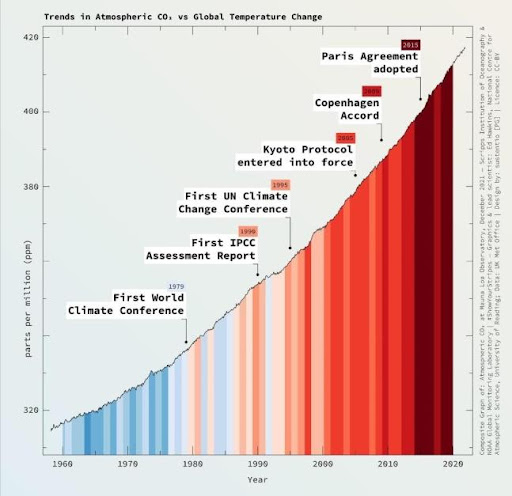
ALL THIS CAME TO 2022 COP27 (6 NOV – 20 N0V)
UNFCCC Executive Secretary Simon Stiell said “Paris gave us the agreement and Katowice and Glasgow gave us the plan, Sharm El-Sheikh shifts us to implementation.”
Global leaders of nearly 200 countries gathered at COP27 for discussing on achieving the world’s collective climatic goals at Red Sea Resort of Sharm El-Sheikh, Egypt in 2022. This COP27 was under Presidency of Sameh Shoukry, Minister of Foreign Affairs of Egypt.
As much like previous conferences, talks were about wide range of decisions on enhancing ambition and implementation, energy, mitigation, adaptation, finance, and ocean.
With considerations of the principles and objectives of the Convention, Kyoto protocol and Paris Agreement measure were taken to implement progressive and inclusive transition to reduce emission and build sustainable development across every sector.
There was a gap between the developed and developing countries in the aspect that financial support from developed countries which they promised USD 100 billion per year to the developing countries weren’t met.
Loss and Damage
COP27 focused on financial agreement which came up with “loss and damage fund” that focuses to put some measures so that when a country is hit by a climatic event it can quickly get back on its feet.
After negotiation of 3 decades, finally developed countries agreed to the Loss and Damage.
COP27 President outlined it as a ‘Historical deal ‘ and ‘a leap to save lives and livelihoods ‘. It was also decided that for this a Transitional Committee will be formed and it will look after the Fund, Composition and Timeliness of Fund.
It was decided that the developed countries have to pay and assist, as they are the ones causing global warming at a greater scale.
If you just check the real time statistic of the world emission of countries…………………………………………………………………….. (Add from the info chart)
Emission
The Paris agreement 2015 clarified a goal to limit the global emission well below 2 degrees Celsius. But after some clear researches it was found that even 2 degrees Celsius is hazardous to the environment. So, the countries were advised to focus on the limit at 1.5 degree Celsius above pre-industrial level.
If you just check the other gases than CO2 and CFC, Methane is also an important aspect in environmental changes which has higher warming effect than CO2 during its short span and is responsible for quarter global rise in temperature so far. For this, COP27 launched a public database of Global Methane Leaks detected by Space Satellites known as MARS. This program will be funded by the US and EU Governments along with other Private Organizations including Jeff Bezos’s Earth Fund and Global Methane Hub.
“The MARS (Methane Alert and Response) is a big step in helping governments and companies deliver on this important, short-term climate goal” Inger Andersen, Executive Director of the UN Environment Program.
India’s part
India came up with specific commitments known as Nationally Determined Contributions as creating renewable energy capacity, bringing down emission intensity and raising forest cover.
“India – A Part of the solution, not the problem “: Shri Bhupender Yadav at COP 27.
For this, India released the “Long-Term Low Carbon Emission Development Strategy (IT-LEDS)” on Nov 14. The document outlines the actions India proposes to take towards low carbon development. This was released by Indian Union Minister of Environment, Forest and Climate change, Mr.Bhupender Yadav along with Inger Andersen, UNEP Executive Director.

This document reports about the existing policies and what Indian government would like to do – also includes about Electricity, Transportation, Adaptation in Urban design, Energy and Material efficiency in Buildings and Sustainable Urbanization, Decoupling of Growth and Emission in Industry, Carbon dioxide removal and related engineering solutions, increasing green cover and Vegetation and Economic and Financial aspects of Low Carbon Transition.
As a country we need to fundamentally re-evaluate our priorities towards climate changes by striking a better balance between mitigation and adaptation efforts.
At the end of COP27, there were many successful results as well as evident limitations. Just like all COPs, it shows many measures and new implications for actions that hadn’t previously intended, pushing governments and companies to act more responsibly. The highlight of COP27 was the Loss and Damage and its decisions here totally depends upon other crucial details such as who will put in the money and how much and also, the important decision is who will be benefitted out of it.
For the query whether COP27 will succeed in making the necessary shift to implementations, that is, implementation of what, for whom and when; the reply should be an action taken accordingly.
Looking up for the next, COP28 which to take place from Nov 30 to Dec 12 2023 in United Arad Emirates (UAE). It is expected that topics on Ocean and coastal ecosystem will be given much importance. Also, the first ever presentation on Global Stocktake is expected to take place.
-Vendhan Prabha P

